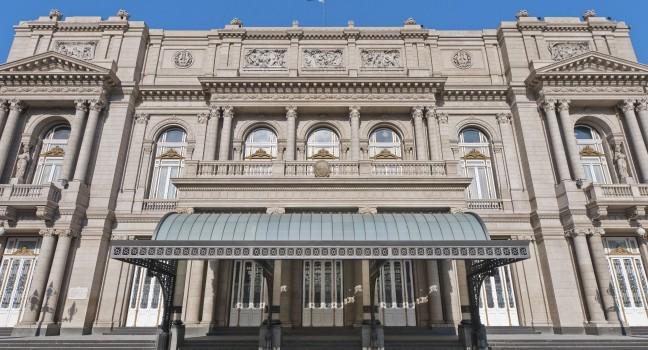Cementerio de la Recoleta

The ominous gates and labyrinthine paths of the city's oldest cemetery, founded in 1822, is the final resting place for the nation's most illustrious figures. Covering 13½ acres and said to be the most expensive real estate in town, the cemetery has more than 6,400 elaborate vaulted tombs and majestic mausoleums, 70 of which have been declared historic monuments. Architectural styles run the gamut from chapels to Greek temples to pyramids to art deco and miniature mansions. The biggest name is Eva Duarte de Perón, after 17 years of posthumous wandering, found in the Duarte family vault. Other highlights include the tombs of landowner Dorrego Ortíz Basualdo, who resides in Recoleta's most monumental sepulcher, complete with chandelier, and Rufina Cambaceres, the girl who died twice. Entombed on her 19th birthday in 1902, she awoke inside her casket and clawed the top open, dying of a heart attack before she could be rescued. The names of many key players in Argentina's history are chiseled over other sumptuous mausoleums: Alvear, Quintana, Sáenz Peña, Lavalle, Sarmiento. There are guides for hire at the entrance or the administrative office can provide a free photocopied map if you wish to wander at your own pace. On weekends catch the open-air market known as La Feria de Artesanos de Plaza Francia outside the cemetery. It's usually teeming with shoppers eager to stock up on quality crafts.








